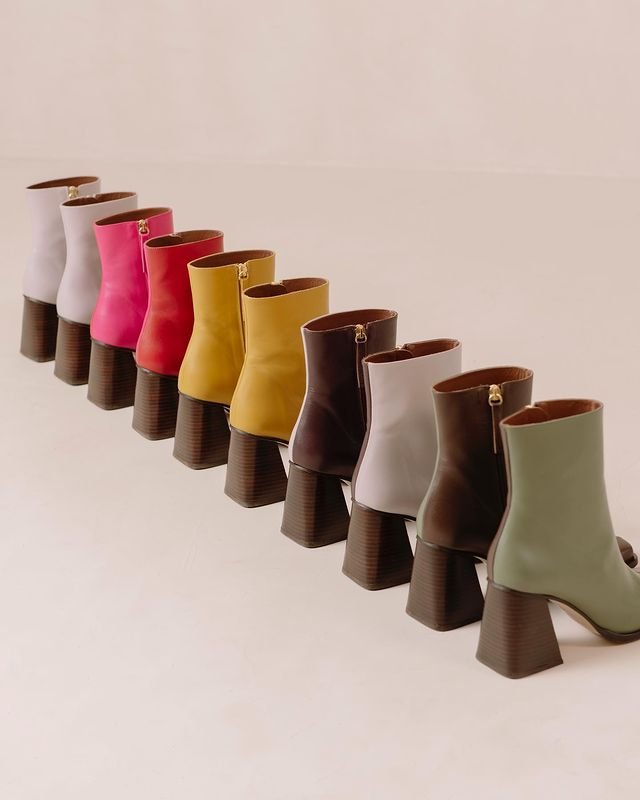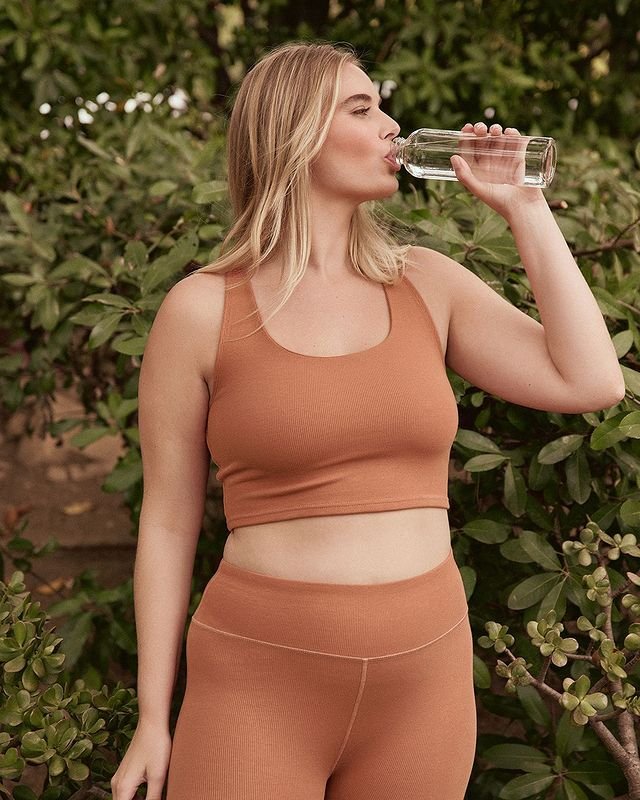SHEIN: What You Need to Know About the Brand’s Social and Environmental Impact
It’s easy to be fashionable when you have the money to buy high-end clothing from the best brands in the world.
Unfortunately, not everyone has an unlimited budget. This is why fast fashion brands like Shein have become incredibly popular. This China-based retailer is known for its inventory of stylish clothing and accessories at rock-bottom prices.
Shein has courted various controversies over the years, but the retailer is still currently worth $100 billion, which is more than the combined worth of H&M and Zara, two of the most widely recognized fashion brands in the world.
So, what is it about Shein that has caught global attention? Is it a good brand? Let’s find out.
How Shein Became a Global Fashion Phenomenon
Shein was founded by Chris Xu in China in 2008. It began as an order fulfillment business and became a clothing retailer with products sourced from wholesale markets in Guangzhou.
Shein became popular due to the combo of affordable and fashionable products. More importantly, Shein now ships to more than 220 countries and independent regions. In contrast, the Spanish fashion brand Zara only has a presence in 96 countries. Swedish brand H&M is present in 74 countries.
Shein is the most popular fashion retailer in the following countries, based on web traffic:
United States
Brazil
France
Spain
Canada
Shein also tops the list of the most visited fashion and apparel websites in the world. Rounding out the top five are more established companies: Nike, H&M, Macy’s, and Asos.
Shein’s Biggest Draw
Did you know that you can buy a top from Shein for less than $2? The biggest draw for this brand is undoubtedly its pricing.
Since its inception, the company has expanded to more than just womenswear products. Now, you can buy highly affordable menswear, children’s clothing, accessories, and even household items from Shein.
However, Shein is not perfect. It has faced many controversies over the years.
Shein’s EDGE
Shein is a successful fashion retailer that wouldn’t be as big if it wasn’t for these qualities:
1. CHEAP
If you have $100, shopping with Shein can get you a huge haul of clothing and accessories. At any sustainable fashion store, the same amount would only get you one dress.
*Important to note that There is no such thing as cheap clothing. Someone somewhere in the supply chain is paying the price.
2. Worldwide Shipping
Shein ships to around 220 territories worldwide, giving almost all nations a chance to enjoy their trendy items.
3. Business Model
Shein updates its website with an average of 6,000 new items every day. The company tests the market performance of these items by producing a few at a time and then mass-producing them when they take off.
4. Social Media Marketing
The online retailer certainly knows how to use social media. It tapped micro-influencers to post Shein’s products on their platforms before they brought on superstars Katy Perry, Lil Nas X, and Hailey Beiber.
Shein is incredibly popular among Gen Z shoppers, many of whom post TikToks of their Shein hauls or comparisons of Shein and Zara products—similar designs but with a massive price difference.
Shein’s Worst Qualities
Here are some of the retailer’s head-scratching controversies:
1. Alleged Intellectual Property Theft
Big-name brands such as Levi’s, Dr. Martens, and Ralph Lauren have filed lawsuits against Shein for copyright infringement. Dozens of other designers have also claimed Shein stole their designs.
3. Questions on Forced Labor
The UK’s 2015 Modern Slavery Act compels companies exporting products to the region to disclose the working conditions of their factories. While Shein said it does not engage in child or forced labor, it failed to satisfy requirements set by the UK. This issue is currently ongoing.
4. Health Concerns
A 2021 investigation revealed that some of Shein’s clothing for children, adults, and pregnant people contained unsafe levels of lead and other toxic chemicals. The presence of chemicals in clothes is not exclusive to Shein—it’s common in the fast fashion industry.
5. Environmental Issues
Aside from toxic chemicals, manufacturing of cheap clothing is bad for the environment because of carbon emissions and the abundant use of water.
Carbon Emissions
The process of manufacturing apparel is responsible for 10% of the world’s carbon emissions. Almost all steps in the clothing manufacturing process involve carbon emissions, from production in factories to transportation and delivery. Imagine the emissions Shein is responsible for when it releases thousands of new clothing items every day. The retailer is a huge contributor to global warming and climate change.
Toxic & Hazardous Materials
Shein clothing materials are also known to contain high levels of hazardous chemicals, such as lead, perfluoroalkyl (PFA), and phthalates. They are hazardous to people’s health and cause severe damage when released into the environment. The retailer also uses cheap synthetic materials containing microplastics, which add to the growing pollution problem all over the world.
Throwaway Fashion
Because fast fashion provides affordable apparel to the masses, you can’t expect them to be of high quality. As a result, the products can be disposed of easily with just minor impairments. These cheap apparel just end up in landfills. Mass-produced and cheap clothing manufactured by Shein perpetuates throwaway fashion culture that contributes to the growing textile waste problem.
6. Data Breach
In 2018, Shein experienced a data breach that affected over 6,42 million people who had visited the retailer’s website.
What Is Fast Fashion and How Does It Affect the Environment?
Fast fashion is the process of mass-producing clothes and selling them for cheap, which is Shein’s business model. In some cases, they are mass produced as soon as they are revealed on high-end runways.
Fast fashion is awful for the environment. Here are the reasons why:
1. Water Wastage
Fashion is among the top industries with the highest water consumption—around 79 billion cubic meters each year. A single shirt requires as much as 2,720 liters of water, and around 3,781 liters for a pair of jeans. Now, imagine how much water is used up in manufacturing all the clothing you see on Shein’s website.
2. Water Pollution
Microplastics are present in clothes made with synthetic fabrics, and when they are washed, they end up polluting the ocean. Even worse, they may end up in the stomachs of marine animals.
3. Environmental Issues
The retailer is also plagued with concerns about its environmental practices:
4. Social Issues: Labor
The goal of fast fashion is to release mass-produced clothing as quickly as possible. This means thousands of people in factories churn out copious amounts of clothing every day.
These workers are subjected to unsafe labor conditions—sweatshops are the bread and butter of fast fashion. In some cases, factories also hire underaged children to perform cheap labor.
The Bottom Line
Shein became a global fashion trailblazer for its stylish yet affordable clothing and accessories. It supplies customers worldwide with thousands of new options every day.
However, the global company has some questionable practices because of the nature of fast fashion, such as its negative impact on the environment and poor working conditions. Add the issue of intellectual property rights infractions to the mix, and trust in the brand has eroded over time.
Is Shein a good brand? You be the judge!









